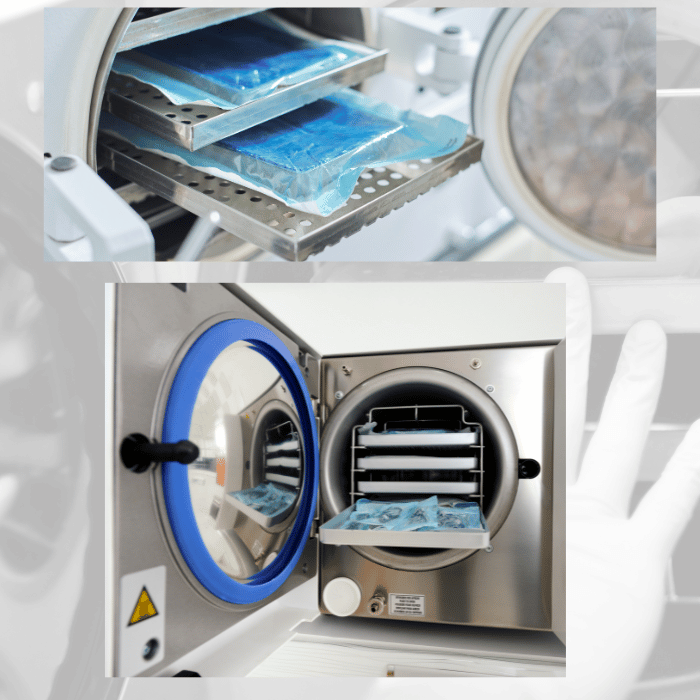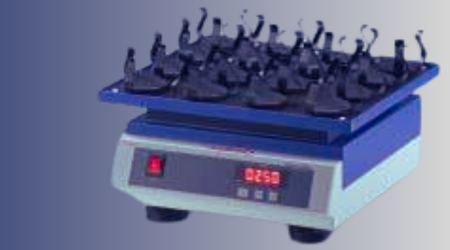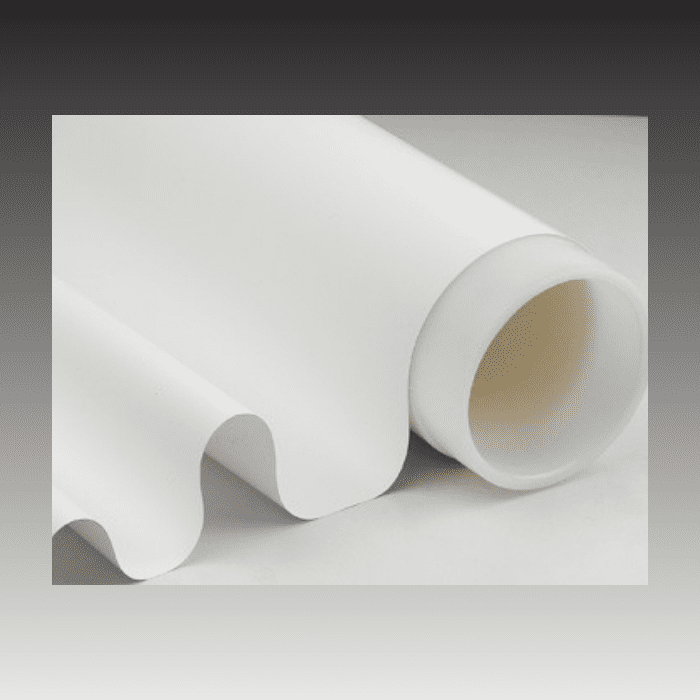Specifications |
||||
| Model | ALS-FHDC-03 | ALS-FHDC-04 | ALS-FHDC-05 | ALS-FHDC-06 |
| Type | General Purpose & Acid Digestion | |||
| External Size(mm) | ||||
| Length | 1219 | 1524 | 1829 | 2435 |
| Depth | 800 | 800 | 800 | 800 |
| Height | 2285 | 2285 | 2285 | 2285 |
| Internal Working Size (mm) | ||||
| Length | 949 | 1254 | 1559 | 2165 |
| Depth | 465 | 465 | 465 | 465 |
| Height | 1180 | 1180 | 1180 | 1180 |
| Recommended Airflow Volume (0.5 m/s at 600mm sash opening ) | 700 | 900 | 1100 | 1500 |
| Exhaust Outlet Size | 8″ | 8″ | 10″ | 10″(2) |
| Number of Exhaust Outlet | 1 | 1 | 1 | 2 |
| Hood Construction | Steel With Oven Baked Epoxy Polyester Coating /SS | |||
| Base cabinet Construction | Steel With Oven Baked Epoxy Polyester Coating/SS304 | |||
| Internal Linear Material (Standard) | Chemical Resistant Super White Fiber Reinforced Polyester | |||
| Linear Material(Alterative) | Phenolic Resin Laminates/ Polypropylene/ PVC/ Stainless Steel | |||
| Worktop Material(Standard) | Solid Cast Epoxy Resin Worktop (Black) | |||
| Worktop Material(Alterative) | Phenolic Resin Laminates/ Polypropylene/ PVC/ Stainless Steel | |||
| Worktop Design | All Four Sides Marine Spill Edge | |||
| Sash Mechanism Type | Chain & Sprocket | |||
| Sash Material | 6mm Tempered Glass | |||
| Sash Configuration | Vertical | |||
| Maximum Sash Opening (mm) | 850 | |||
| Lighting | Fluorescent Lighting | |||
| Electrical Sockets | 13Amps | |||
| Number Of Electrical Sockets | 2 | |||
| Controller | Standard Switch (Optional to upgrade to Aria lab Controller) | |||
What is a fume hood?
In chemical laboratories, a fume hood, also called a chemical hood or lab hood, protects personnel from hazardous fumes, vapors, and dust.” Its primary function is to provide a controlled environment that Effectively contains and Ventilates these dangerous substances. The fume hood achieves this through a system of airflow and exhaust.
How a Fume Hood Works?
A fume hood for Chemical Laboratory operates by employing a powerful blower to draw air from the Laboratory space into the enclosure. This inward airflow serves to capture and contain hazardous materials within the hood. Once inside, the contaminated air undergoes filtration to remove toxic fumes and particles. The filtered air is then either safely vented outdoors through a facility exhaust system or, in some cases, recirculated back into the laboratory.
Crucial to its operation, the clear sliding window on the front of the fume hood, known as the sash, acts as a protective barrier. It allows Laboratory workers to view and manipulate objects inside the enclosure while preventing fumes from reaching the worker’s face. Furthermore, most fume hoods are equipped with gauges and alarms that monitor airflow, providing warnings in case of low airflow, which could lead to exposure to hazardous fumes.
Applications of Fume Hoods
Fume Hoods find extensive use in various industries and settings where the handling of Hazardous Chemicals is routine. These include:
1. Semiconductor Manufacturing: Where precise control over chemical processes is essential.
2. Aerospace Surface Finishing: Especially for operations involving corrosive substances like nitric acid.
3. Research Departments: fume hood for chemical Laboratory Commonly found in colleges and universities for a wide range of chemical experiments and analyses.
Types of Hazards Protected Against:
Fume hoods are employed whenever working with Hazardous chemicals is necessary, particularly when Safety Data Sheets (SDS) for the chemicals warn of inhalation Hazards or advise against exposure to Fumes and vapors. They are also used with compounds having low boiling points and chemicals emitting noxious odors. Use a fume hood for volatile substances, corrosive chemicals, irritating vapors, asphyxiating gases, and volatile radionuclides. Examples of chemicals commonly used with fume hoods include nitric acid and hydrofluoric acid.
Fume Hood vs. Laminar Flow Hood:
It’s important to distinguish between fume hoods and laminar flow hoods. While both rely on airflow for protection, their purposes differ. Fume hoods are designed to shield personnel from hazardous fumes, whereas laminar flow hoods protect products, such as semiconductor wafers or biological samples, from particulate contamination by blowing filtered air outward in a controlled, non-turbulent manner.
Biosafety Cabinet vs. Fume Hood:
Lastly, biosafety cabinets should not be confused with fume hoods. Biosafety cabinets focus on protecting against pathogens and biological agents, utilizing HEPA filters to remove infectious organisms from exhaust air. Fume hoods protect against chemical fumes but don’t use HEPA filters on outdoor exhaust.









Reviews
There are no reviews yet.